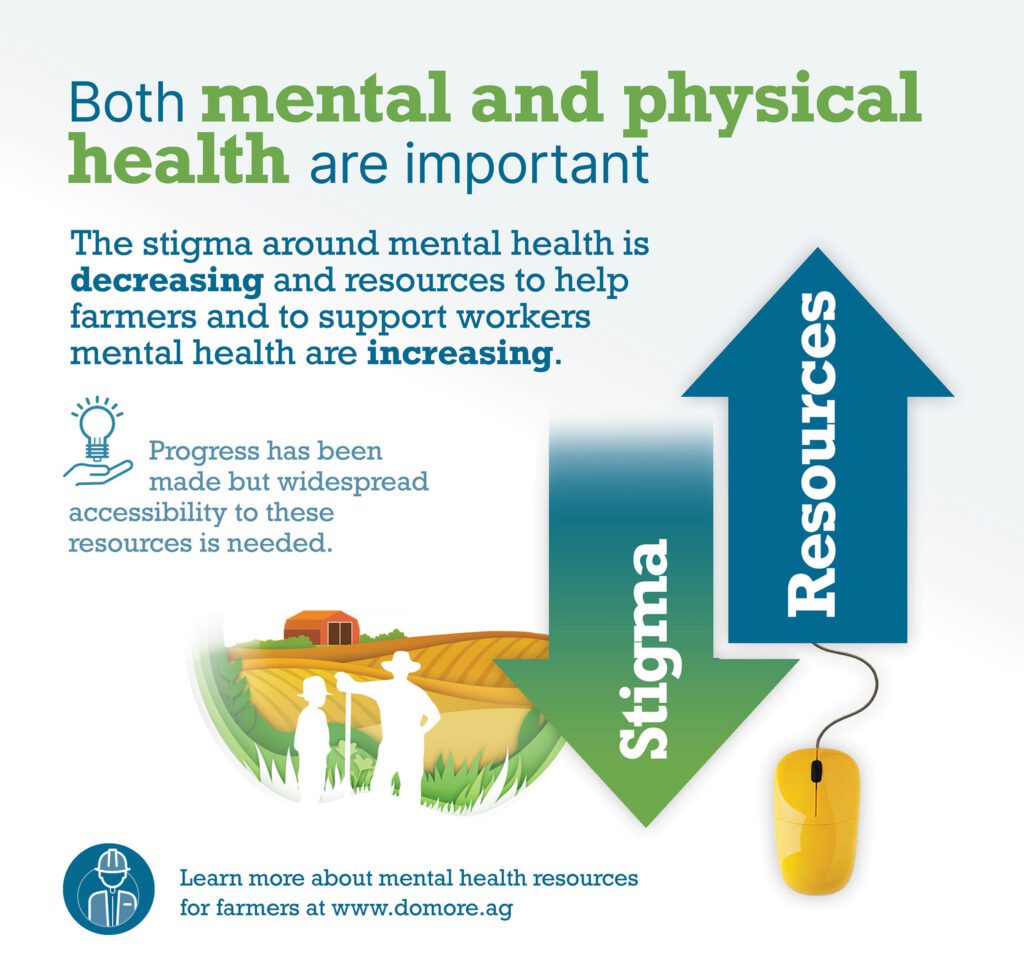Acceuil / l'ENDB
Mesurer la performance en matière de durabilité, fixer des objectifs stratégiques et identifier les domaines d'amélioration en se basant sur des données scientifiques solides, sont tous des domaines clés dans lesquels la TRCBD mène des initiatives de durabilité pour l'industrie canadienne du bœuf.
The first National Beef Sustainability Assessment, known as the NBSA, was published in 2016 (based on 2014 data) and provided a baseline for evaluating progress in environmental, social and economic performance over time. The current assessment, published in 2024 (based on 2021 data) is the first to measure changes against that baseline, and serves as a benchmark on the Canadian beef industry’s journey towards its 2030 goals.
The NBSA is comprised of two separate reports:
Both reports, are highlighted in a Summary Report, including key Sustainability Strategy actions:
Two peer-reviewed papers have been published using data from the environmental and social assessments:
Check out the industry’s sustainability performance and progress in specific topics across the three pillars of beef sustainability:
A Sustainability Strategy accompanies the assessment and serves as a roadmap to help guide achievement of the Canadian Beef industry’s 2030 goals. Strategic action items have been developed through input from our members and industry stakeholders and will take a collaborative effort across the supply chain to achieve them.
Apprenez-en davantage sur nos performances actuelles en matière de durabilité ci-dessous, ainsi que plus de détails sur les mesures environnementales, sociales et économiques .
Progress updates and success stories will be added from time to time. Learn more about our Goals and Sustainability Strategy, and Research Priorities.
Table ronde Canadienne sur le bœuf durable
180-6815 8th Street NE, Calgary, AB T2E 7H7
info@crsb.ca
© 2025 Canadian Roundtable for Sustainable Beef
/


Following a continuing trend, from 2014 to 2021, the Canadian beef industry has made great strides in increasing its production efficiency to reduce its carbon footprint. This encompasses contributions from enteric methane, manure management and feed production, and from smaller contributors including transport, bedding, water, energy and grazing.1,2
Through a combination of improved production practices such as management, genetics and nutrition, cattle have increased their feed efficiency, leading to faster growth and reduced time to reach market weight. This means less resources (land, feed, water) are needed to raise an animal.1,2
Since less time and resources are needed, the overall GHG emissions decreased per kg of boneless beef, consumed – leading to a smaller carbon footprint (alongside improvements in other environmental indicators; fossil fuel depletion, freshwater eutrophication and photochemical oxidant formation).1,2
Il s'agit d'un progrès significatif auquel contribue l'ensemble de la chaîne d'approvisionnement et qui nous met sur la bonne voie pour atteindre l'objectif du secteur, à savoir une réduction de 33 % de l'intensité des émissions d'ici à 2030.1,2,3
1 CRSB NBSA, 2024a
2 Aboagye et al., 2024
3 Canadian Beef Advisors GHG and Carbon 2030 Goals


Agricultural land occupation is determined by quantifying land used disturbing soil or habitat (m2 annual crop eq.). Land use is calculated based on the lifetime of the animal – for grazing and feed requirements.1,2
In Canada, beef production currently utilizes 40% of agricultural land, of which 84% is pasture. Of the remaining, 8% is used for growing hay and only 8% is cropland (7% barley and 1% other feed crops).1
Additionally, only 9% of Canada’s total cropland is used to grow feed for beef production.1


La production de bœuf s'étend sur l'ensemble du pays et englobe une variété d'écosystèmes à travers le paysage. S'il est important de tenir compte de la superficie des terres utilisées, il est essentiel de préserver la santé d'un écosystème important (et menacé) au Canada : les prairies indigènes. Par conséquent, l'évaluation de la biodiversité et de la séquestration du carbone est un élément important pour considérer la durabilité environnementale globale.
When considering all of Canada’s crop and pastureland:
In Canada, most of the remaining native grasslands and pasture are under the care of beef producers, and there is a strong link between biodiversity and land used by cattle. THEREFORE, grazing cattle is a critical tool in preserving habitat and supporting biodiversity.1
Note: Biodiversity and wildlife habitat was assessed using the Wildlife Habitat Capacity on Agricultural Land Index (WHCI) developed by Agriculture and Agri-Food Canada (AAFC). Results were provided directly from AAFC.


Le rôle des bovins en pâturage au Canada dans la préservation du carbone stocké dans le sol ne peut être sous-estimé. On estime que les terres utilisées pour la production de bœuf, dont 84 % sont des pâturages, contiennent 1,9 milliard de tonnes de carbone organique du sol,1 ce qui équivaut à peu près aux émissions annuelles de plus d'un demi-milliard de voitures.2
The majority of carbon is held in native (67%) and tame (24%) grasslands – highlighting the importance to keep this land intact and maintain its carbon stock and prevent release of carbon into the atmosphere.1
In addition, land use and beneficial management practices can further enhance soil carbon storage and can help offset emissions from beef production. Grassland management practices – such as rotational grazing – that increase net accumulation of carbon in grasslands are needed as they have the potential to minimize the rising concentration of atmospheric carbon dioxide.1 With the accounting of removals and emissions associated with Land Management Change (LMC) and (Land Use Change) taken into consideration the net carbon footprint of beef production in western Canada is estimated to decrease by a further 6%.1
1 CRSB NBSA, 2024a
2 Greenhouse Gas Equivalencies Calculator | Natural Resources Canada


Le rôle des bovins en pâturage au Canada dans la préservation du carbone stocké dans le sol ne peut être sous-estimé. On estime que les terres utilisées pour la production de bœuf, dont 84 % sont des pâturages, contiennent 1,9 milliard de tonnes de carbone organique du sol 1 .
This is roughly equivalent to the annual CO2 emissions of en plus de deux milliards de véhicules de tourisme sur une année entière - soit les émissions de 17 véhicules par Canadien!2*
Cela représente également presque le triple des émissions de carbone annuelles [2021] de l'ensemble du Canada.3*
1 CRSB NBSA, 2024a
2 Greenhouse Gas Equivalencies Calculator | Natural Resources Canada
3 Environment and Climate Change Canada (2024) Canadian Environmental Sustainability Indicators: Greenhouse gas emissions. Consulted on October 24, 2024. Available at: www.canada.ca/en/environment-climate-change/services/environmental-indicators/greenhouse-gas-emissions.html.
*Representative of the year 2021


Si l'on considère l'ensemble des cultures et des pâturages du Canada, les terres utilisées pour la production de bœuf fournissent la majorité des habitats essentiels dont les animaux sauvages ont besoin pour se reproduire (74 %) et se nourrir (55 %).1
Total wildlife habitat capacity in Canada has shrunk due to land use change – specifically native pasture being converted to cropland – and urban sprawl. As the wildlife move off these converted areas the proportion of habitat capacity attributed to beef land has increased.1
This showcases that the contribution of beef production to maintaining land heavily used for reproduction and feeding of many species is vital in maintaining Canada’s wildlife capacity.1
Note: Biodiversity and wildlife habitat was assessed using the Wildlife Habitat Capacity on Agricultural Land Index (WHCI) developed by Agriculture and Agri-Food Canada (AAFC). Results were provided directly from AAFC.


Health and safety at work concerns the promotion and maintenance of the highest degree of physical, mental and social well-being, and capabilities of all individuals involved in business operations, including employees but also producers and the people living on the farm.1,2
Awareness and preparation of on-farm health and safety is increasing. A focus on training and access to proper safety equipment would be beneficial.1,2
1 CRSB NBSA, 2024a
2 Graham et al., 2024
3 Canadian Agricultural Injury Reporting (CAIR): Agriculture-related fatalities in Canada 1990-2020

Labour management refers to the working conditions of individuals working throughout the supply chain and how these conditions contribute to human health, sustainable workplaces and communities.1,2

Industry stakeholders display a clear recognition in the value of hired labour and the need for continuous improvement in socially responsible recruitment and retention practices, such as benefits and wages, and professional development opportunities.1
Results suggest that challenges around labour availability, recruitment and retention are increasing workload levels with potential negative repercussions on people working in the industry. Policies and programs to support affected stakeholders to mitigate these challenges would alleviate the risks.1,2
1 CRSB NBSA, 2024a
2 Graham et al., 2024
3 Canadian Agricultural Human Resources Council (CAHRC). How Labour Challenges Will Shape the Future of the ‘Beef’ Industry: Agriculture Forecast to 2029 (2019).

Health and safety at work concerns the promotion and maintenance of the highest degree of physical, mental and social well-being, and capabilities of all individuals involved in business operations, including employees but also producers and the people living on the farm.1,2

La charge de travail est classée parmi les cinq principaux facteurs de stress pour les éleveurs de bovins.1
Les conversations positives sur le stress et la santé mentale ont augmenté, have increased, building awareness and reducing the stigma of mental health challenges.1
Des organisations telles que Do More Ag, parmi beaucoup d'autres, augmentent les ressources pour aider les éleveurs, et un accès plus large à ces ressources aidera les producteurs à travers le pays.

Economic sustainability is defined as the ability of a system to maintain productivity in the face of a major disturbance, as well as shifts in consumer preferences.1

Research suggests that for every worker employed by farm-level production of cattle in Canada, 2.5 workers are employed either directly or indirectly in the Canadian economy.1,2 And for every worker employed in the Canadian meat packing industry, another 3.4 workers are employed, including direct and indirect employment.1,2
La durabilité de l'industrie du bœuf est donc impérative pour le bien-être et les moyens de
subsistance des milliers de Canadiens employés tout au long de la chaîne de valeur,
livelihoods of thousands of Canadians employed throughout the value chain as well as the millions of Canadian consumers demanding safe, high-quality, and nutritious protein options.


La résilience des consommateurs est la capacité des consommateurs à soutenir la chaîne d'approvisionnement du bœuf canadien, malgré les défis qui peuvent survenir.1
Consumer demand is the ultimate driver for the long-term development of the cattle industry. A sustainable cattle industry evolves with the consumer market and responds to changes in consumer preferences. This includes identifying fads that have become trends and ensuring the systems are set up to respond to those consumer demands.1
Les tendances à long terme, les perceptions à moyen terme et les répercussions à court terme sur le marché ont été évaluées pour déterminer la demande des consommateurs pour le bœuf canadien.
There is strong global demand for protein in general with growth of the population and disposable income, and strong choice for traditional animal-based protein. In North America we have seen a peak of alternative proteins and demand is now decreasing. Canadian beef producers are supporting demand through increased volumes of Canadian AAA and Prime produced beef.1


The Canadian cattle industry is a key contributor to the Canadian economy1,2:
La durabilité de l'industrie du bœuf est donc impérative pour le bien-être et les moyens de subsistance des milliers de Canadiens employés tout au long de la chaîne de valeur, livelihoods of thousands of Canadians employed throughout the value chain as well as the millions of Canadian consumers demanding safe, high quality, and nutritious protein options.